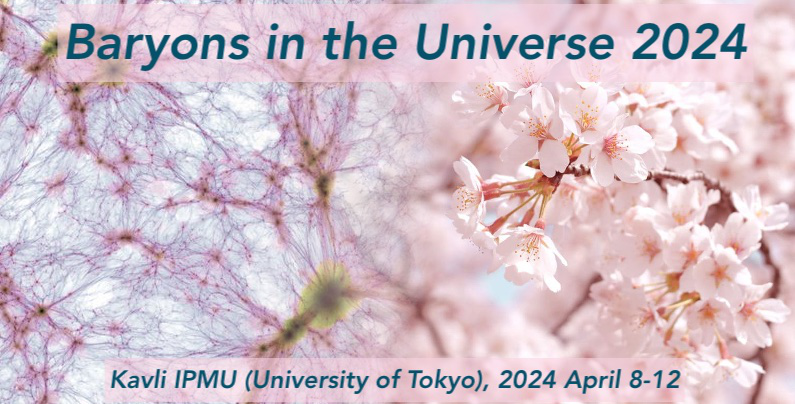Speaker
Description
We develop a new and simple method to model baryonic effects at the field level relevant for weak lensing analyses. We analyze thousands of state-of-the-art hydrodynamic simulations from the CAMELS project, each with different cosmology and strength of feedback, and we find that the cross-correlation coefficient between full hydrodynamic and N-body simulations is very close to 1 down to k=10h/Mpc. This suggests that modeling baryonic effects at the field level down to these scales only requires N-body simulations plus a correction to the mode's amplitude given by: (P_hydro(k)/P_nbody(k))^0.5. We build an emulator for this quantity, using Gaussian processes, that is flexible enough to reproduce results from thousands of hydrodynamic simulations that have different cosmologies, astrophysics, subgrid physics, volumes, resolutions, and at different redshifts. Our emulator is accurate at the percent level and exhibits a range of validation superior to previous studies. This method and our emulator enable field-level simulation-based inference analyses and accounting for baryonic effects in weak lensing analyses.

